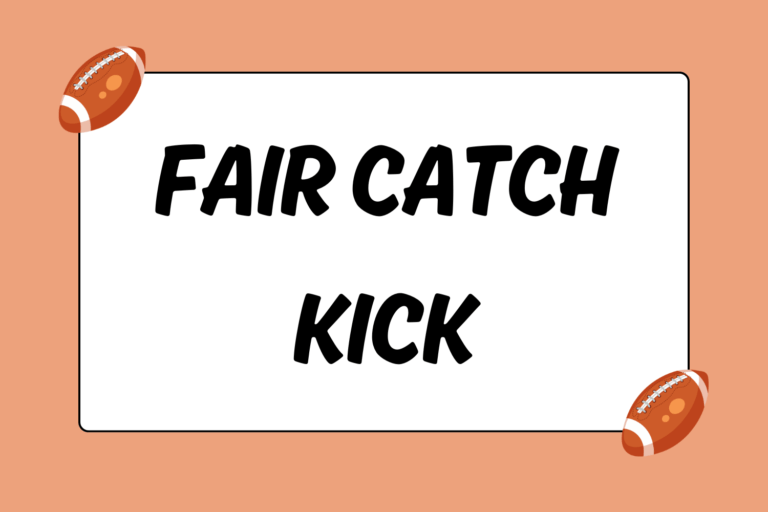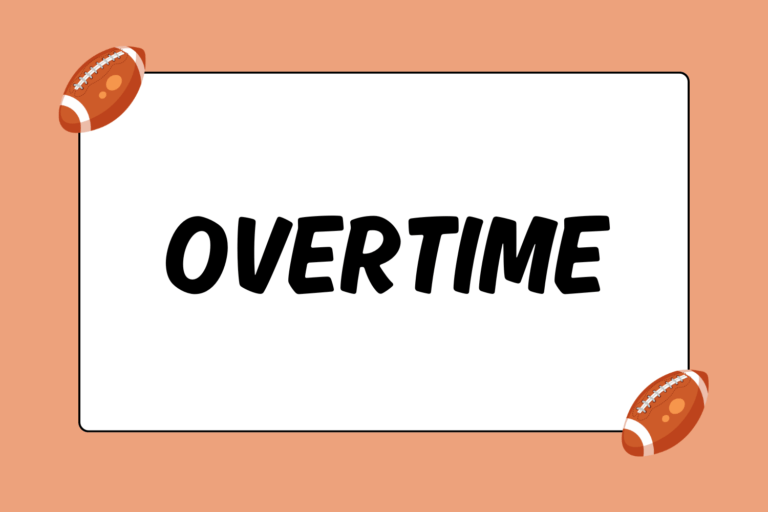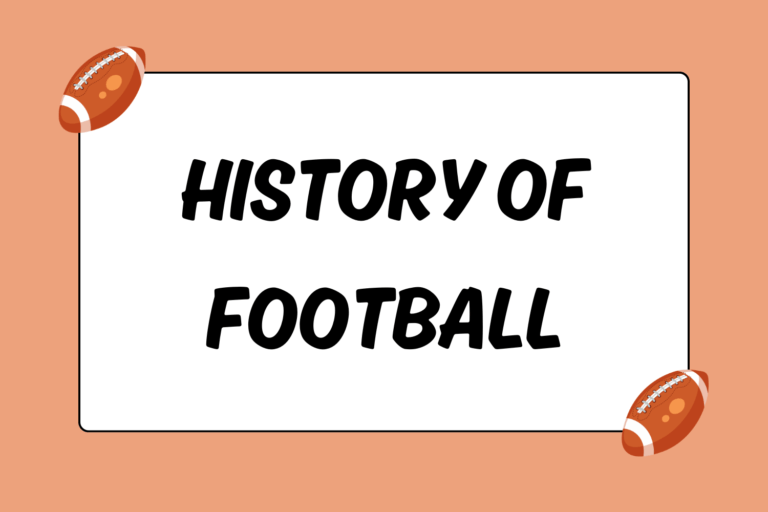Being an official in almost any sport is a pretty thankless job, but this is especially prevalent in football. Do your job well and receive very little credit; do your job poorly, and people are calling for your immediate dismissal, followed by a lengthy prison sentence, often with a healthy dose of bodily harm thrown in as well. It’s a wonder that more officials don’t quit after one game. To help you understand how difficult their jobs are, this guide describes the many responsibilities of a football official, as well as what the different types of officials actually do during a game.
Officiate Titles
A full officiating crew in the NFL features seven different types of personnel (the letter next to each title is what would be on the back of each shirt):
- Referee (R)
- Umpire (U)
- Head Linesman (H)
- Line Judge (L)
- Field Judge (F)
- Side Judge (S)
- Back Judge (B)
Although all of the officials work together during a game, there are essentially two different groups of officials: the referee, umpire, head linesman and line judge cover the area of the field around the line of scrimmage (LOS); the field judge, side judge and back judge cover the area of the field between the defensive backs and their end zone.
In the Mix
Though the officiating crew is responsible for covering the entire field if the situation requires it, most of the action happens within five yards of the LOS. Because this is the case, four officials are positioned in various places around the LOS. Below is a breakdown of the officials patrolling the field near the LOS, including the specific part of the field each official covers.
The Referee
The referee is the leader of the officiating crew and is responsible for the overall supervision of the entire game. Positioned in the offensive backfield, the referee is distinguished from other officials by a white hat. (Other officials wear a black hat with thin white stripes). He is in charge of all the other officials, has the final say over every call, and makes the official announcements after each call.
During gameplay, the referee will focus on the action in the offensive backfield. He will normally be the first to decide if a loose ball from the quarterback is an incomplete pass or fumble, as well as the legality of any blocks or hits near his position. On punts and field goals, he’s usually the first to rule on an illegal contact or roughing the kicker penalty.
Other duties of the referee include:
- Asking both coaches if they have any questions before the gamem if their players are legally equipped, and if any are wearing a protective cast or brace that needs inspection.
- Performing the coin flip at the beginning of the game.
- Giving both coaches a card with the names, positions, and numbers of each member of the officiating crew.
- Conducting an instant replay review (NFL and NCAA only).
Regardless of the size and composition of an officiating crew, there is always a referee. The referee is always in charge of the crew and always has the final word over every call.
The Umpire
Second in command to the referee is the umpire. Though the umpire is normally stationed just behind the linebackers, a recent move made by the NFL has repositioned the umpire to the offensive backfield, adjacent to the referee. Along with providing general assistance to the referee, the umpire is mainly concerned with watching for illegal moves along the LOS; either offensive linemen who move downfield before a pass is thrown (on passing plays), or a pass that’s thrown beyond the LOS.
Other umpire duties include:
- Inspecting players’ equipment for legality issues.
- Ruling on short incomplete passes.
In rare situations when the referee cannot continue during a game, the umpire becomes the new referee and assumes responsibility for the duties of both officials.
The Head Linesman
Situated where the LOS meets the sideline, the head linesman has a clear view of both teams’ front lines. Because of this unique vantage point, the head linesman is responsible for making calls on infractions that occur near the LOS, such as false starts, encroachment, and offsides. After the play starts, he watches for illegal contact between the closest receiver and the defensive player covering him. If the play heads in his direction, he will assist in properly spotting the ball when the play ends.
The head linesman is also in charge of overseeing the chain crew — the collection of personnel responsible for handling the first down measuring chain and down indicator box. Tasks included in this oversight are:
- Instructing where and when the down box and measuring chain should be moved.
- Leading the measurement chain onto the field when determining if a first down should be awarded.
- Telling the personnel to drop the equipment and back up if the play is headed in their direction.
The head linesman also has a clip that gets attached to a spot close to the middle of the measurement chain. This clip is used to help determine the spot where a new first down should be awarded and helps the measurement chain crew find the right spot for the chain if the sticks get dropped.
The Line Judge
Opposite from the head linesman is the line judge. The line judge’s duties are very similar to those of the head linesman, with an added emphasis on watching to see if a pass is thrown behind the LOS or not. There are a few responsibilities inherent to only the line judge position:
- Before the play starts, he will count the number of offensive players to make sure there are no more than 11.
- During punts, he will ensure that the players in the middle of the field don’t move until the ball is kicked, and will indicate a penalty if it does happen.
The line judge also serves as a backup timekeeper in case there’s a problem with the clock on the scoreboard.
Waiting in the Wings
Because the offense wants to advance into the defense’s territory, and may do so with a mid-to-long-range pass, the presence of an official is required to ensure everyone plays fairly — three officials, to be exact. Covering the back end of the field are the field judge, back judge, and side judge. Unlike the officials near the LOS, these officials don’t have quite as many position-specific responsibilities. Instead, they’re mostly concerned with observing how players near them interact and monitoring the legality of those players. Here’s an overview of their responsibilities and field positions.
Different Crews for Different Levels
While the NFL and NCAA use a seven-official system, lower levels don’t use crews with quite as many officials. Examples of smaller crews:
- A six-official system, voiding the back judge position.
- A five-official system, with a referee, umpire, head linesman, line judge and back judge only; lower high school levels use a similar system with the absence of a back judge.
- A three-official crew, only fielding a referee, head linesman and line judge.
The Field & Side Judge
The field judge and side judge essentially do the exact same thing on opposite sides of the field. The side judge works on the same side of the field as the head linesman, and the field judge works on the line judge’s side. However, there are two responsibilities that set these officials apart:
- The field judge mans one side of the uprights to rule whether a field goal or PAT is good.
- The side judge counts the number of defensive players before the ball is snapped, making sure they don’t have more than 11 players on the field.
They also make rulings on where and when a player goes out of bounds, where forward progress ceases, whether a pass is complete or not, and if a defender interferes with a receiver in trying to catch a pass.
The Back Judge
Standing between the field and side judges, the back judge does the same job as they do, covering the field between himself and the LOS area where the head linesman and line judge are positioned. Along with the field judge, the back judge will rule whether PATs and field goals are good. The one duty inherent to the back judge role is calling delay of game penalties; the back judge must watch the play clock until the play starts, and if time runs out before the play begins, he will whistle the play dead and call a penalty for delay of game.
Fair and Square
Although most officials won’t win any popularity contests, without them it is impossible to play a game of football. Theirs is a very difficult, and often thankless, job. Now that you have a better understanding of how an officiating crew works together, perhaps you also have a newfound appreciation for their contribution to the game.





